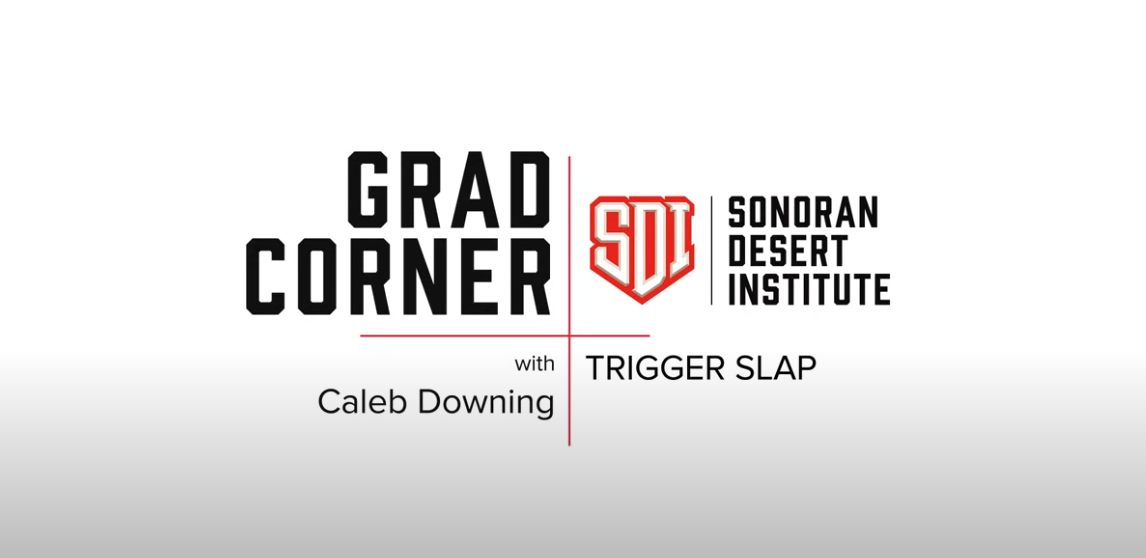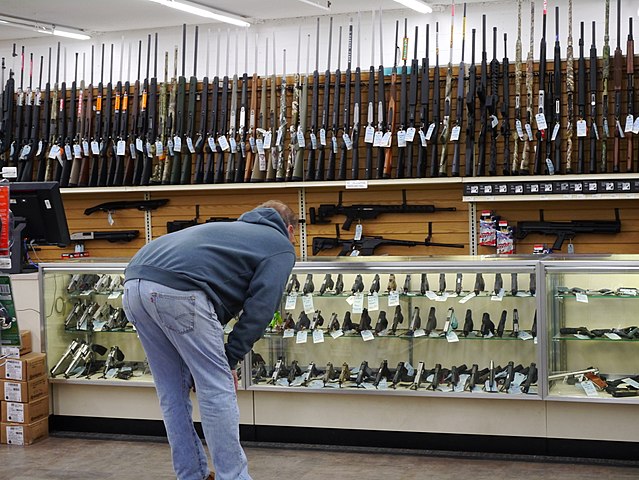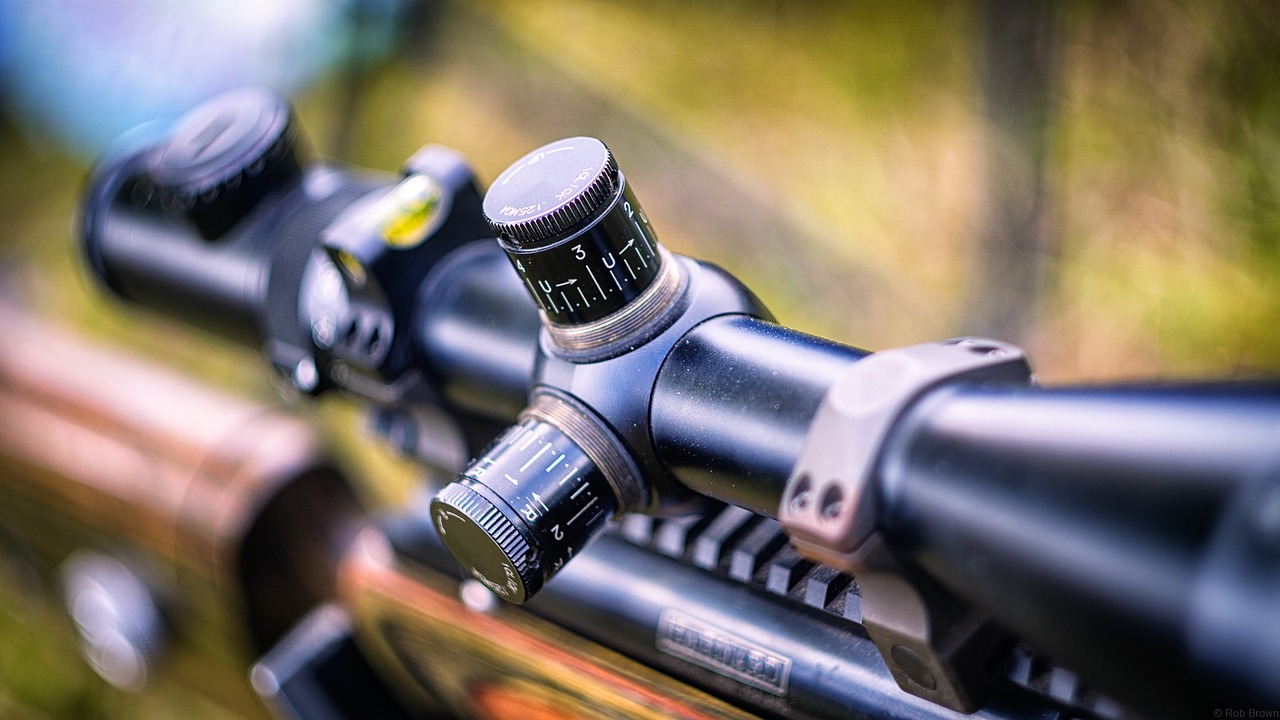
Sometimes when firing a pistol caliber carbine (PCC), a shooter may feel a sharp jerk, or “slap,” when the trigger impacts against their finger. It’s definitely not a good feeling, and can leave a trigger finger feeling sore after a range session.
But pain aside, this “trigger slap” is actually an indication of a problem with a weapon. It generally occurs in PCCs, but not always. To help us understand what trigger slap is and how to fix it in a PCC, we’ve got some help from SDI’s top t-shirt model of 2024, Caleb Downing, in his recent video.
What is Trigger Slap in a Pistol Caliber Carbine (AR-9)?
Caleb begins his video by breaking down exactly what trigger slap is. In contrast to a standard AR-15, PCCs (specifically AR-9s) don’t use a rotating bolt-action. Instead, PCCs employ a direct blowback action.
Because of this, PCCs can force their bolt carrier groups to move more quickly than a standard AR-15. This, in turn, imparts more force onto the hammer. This can cause the hammer to make contact with the trigger and force it forward. That trigger movement is what causes trigger slap.
Caleb also notes that suppressors can contribute to trigger slap. A suppressor can increase the back pressure of gasses within a gun, which causes the bolt carrier to travel more quickly. The swiftness of this bolt carrier movement can initiate trigger slap.
Solutions to Trigger Slap
Okay, so we’ve covered how trigger slap is a mechanical issue in a firearm — not just something a shooter can “man up” and overcome. Now, Caleb has some solutions to solve trigger slap.
Solution 1: More Weight
Much like Giles Cory (yes, I just worked a reference from The Crucible into an SDI blog post), the way to end trigger slap suffering is by adding more weight to the bolt carrier group. Adding more weight will give the BCG more inertia, which will slow it down.
If there’s already a weight on the end of a gun’s BCG, a shooter can use a heavier buffer. One pro tip that Caleb shares is to use an AR-15 buffer to do this. Going this route will require some trial and error, though.
Solution 2: Stronger Buffer Spring
If adding weight to the system doesn’t work, Caleb’s next course of action is to use a stronger recoil spring. This will increase the amount of force pushing the BCG forward and slow its cyclical rate.
Caleb says that adding a stronger spring is his approach if the Giles Cory method doesn’t work. But I might try this solution first. If the spring doesn’t work, then I’ll add weight into the system.
Solution 3: Get a Different Hammer
Caleb does mention that this solution is more of a “band-aid” than the other two solutions here. Instead of being a long-term fix, it’s a temporary alternative.
His final fix is to find a hammer that doesn’t have a long spur on it. This way, when the BCG pushes the hammer backwards and down, the spur won’t impact the trigger. Caleb makes sure to mention that this is a last-resort option.
Learn More About Gunsmithing at SDI
Trigger slap is one common issue that PCC shooters face. And without the knowledge to fix this problem, it can take a serious toll on a gun’s lifespan. Fortunately, SDI is here to help prospective gunsmiths learn the skills they need to tackle trigger slap and any other issues a gun may face. To learn more about the programs SDI offers, click here.


